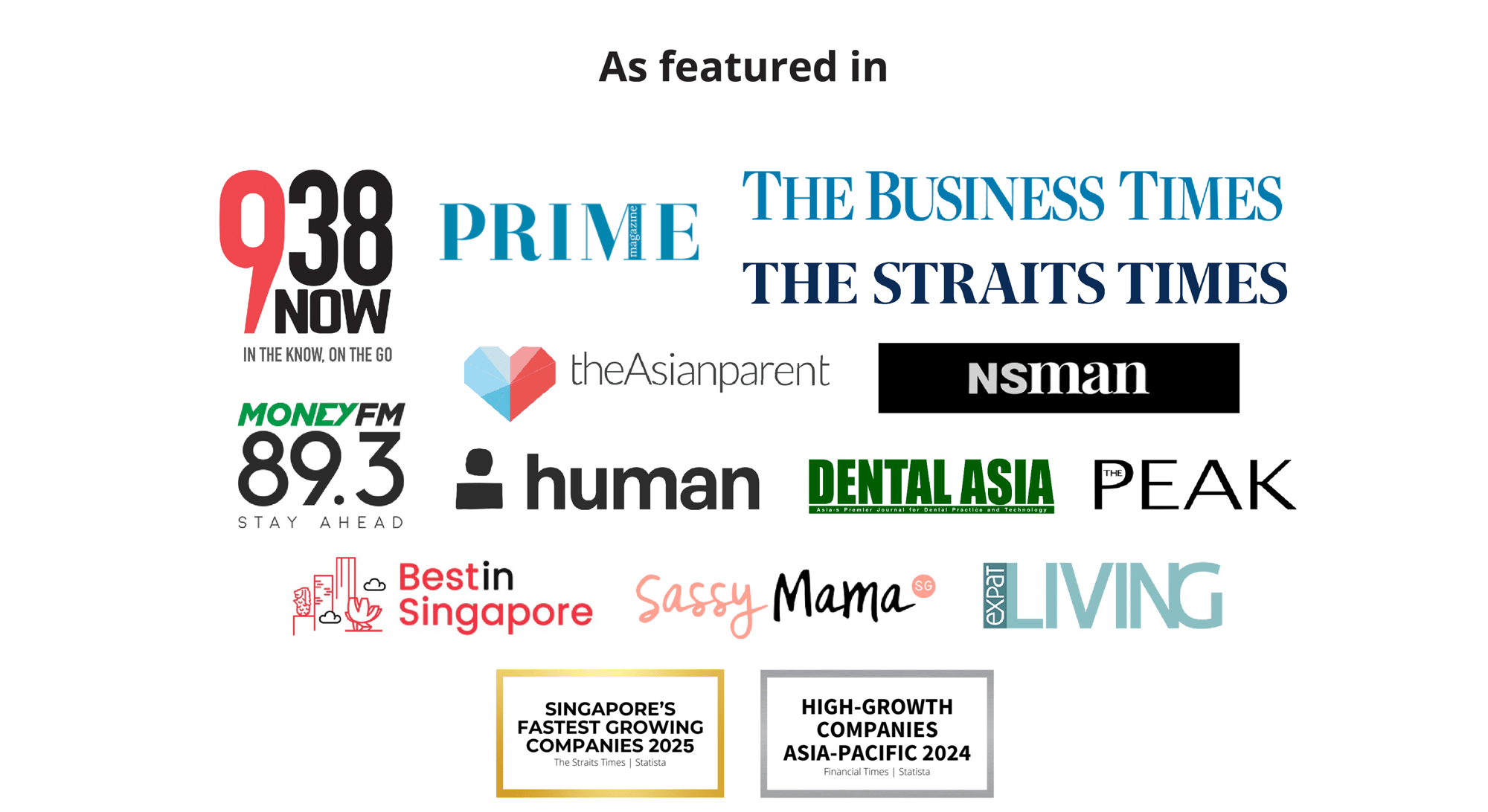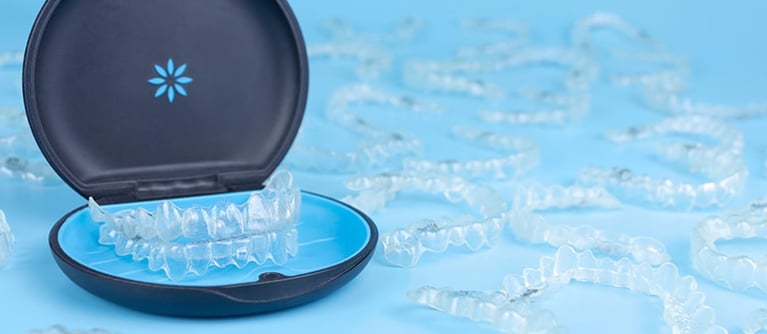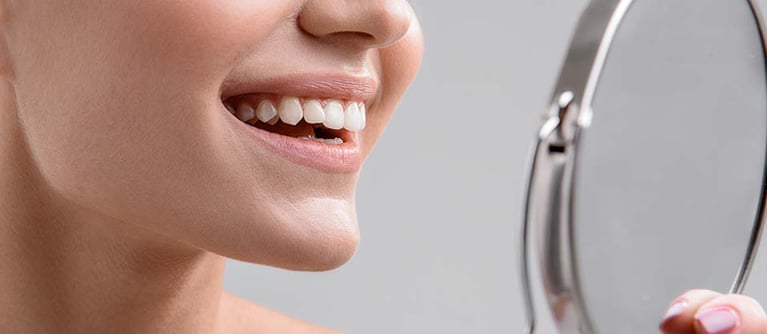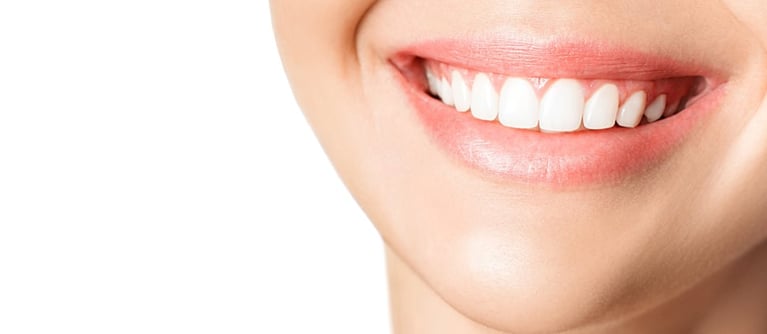Braces Attachment
Once you and the dentist have finalized your treatment plan, they'll attach the braces to your teeth. This usually takes about an hour and might be a bit uncomfortable. If needed, the dentist can prescribe a topical numbing agent or administer local anesthesia.
During the process, brackets are attached to each tooth using special adhesive and connected with archwires. Some cases use elastic bands.
Oral Care
Taking care of your teeth while you have braces is crucial. You should brush and floss at least twice a day. You might need special orthodontic brushes or interdental cleaners to get into those hard-to-reach areas between brackets and wires.
Good oral hygiene is essential after braces are attached. It ensures the braces work effectively and prevents bacteria or plaque buildup-which can cause severe gum disease. Regular brushing and flossing will keep your teeth and gums healthy during treatment.
If you don't take care of your teeth, you might end up with staining or tooth decay on the surface. Inadequate oral care could increase the risk of cavities or gum disease during treatment. So practicing good oral hygiene while you have braces is vital for the best results.
.png?width=2223&height=447&name=Background%20(4).png)

.svg)
.svg)
.svg)
.svg)
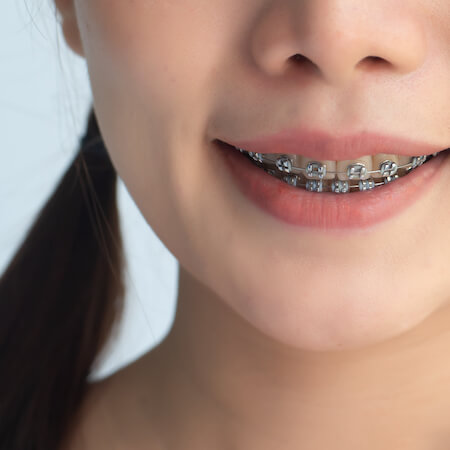
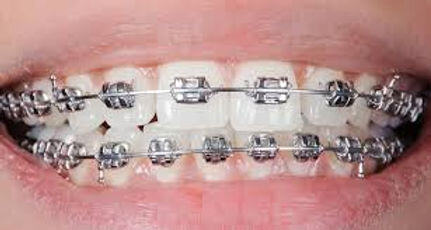
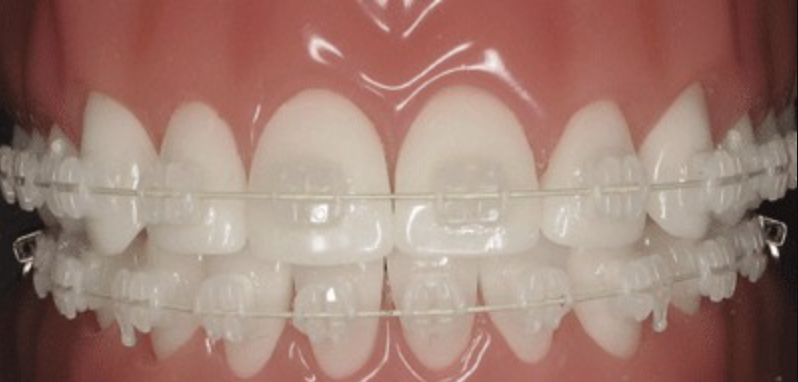
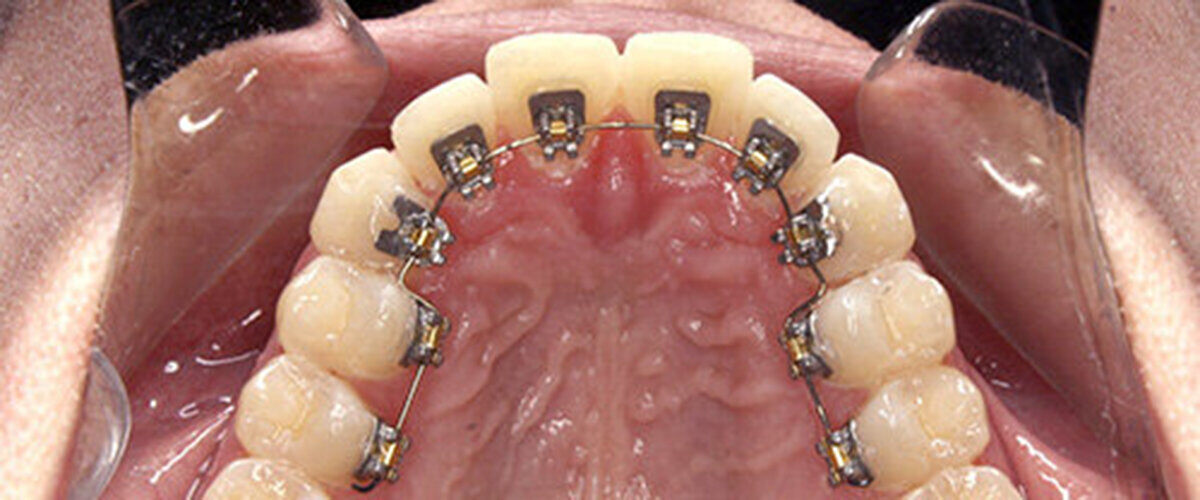




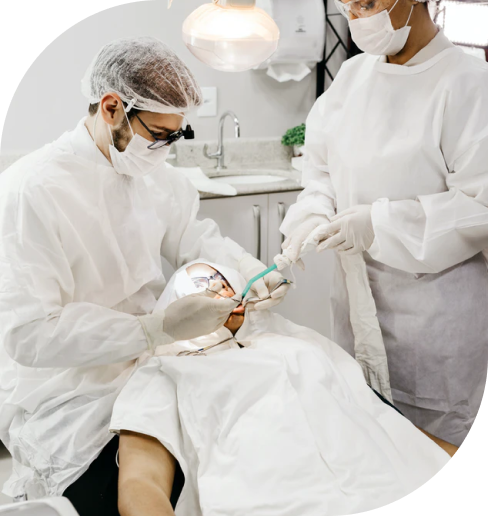
.png)

.png)




